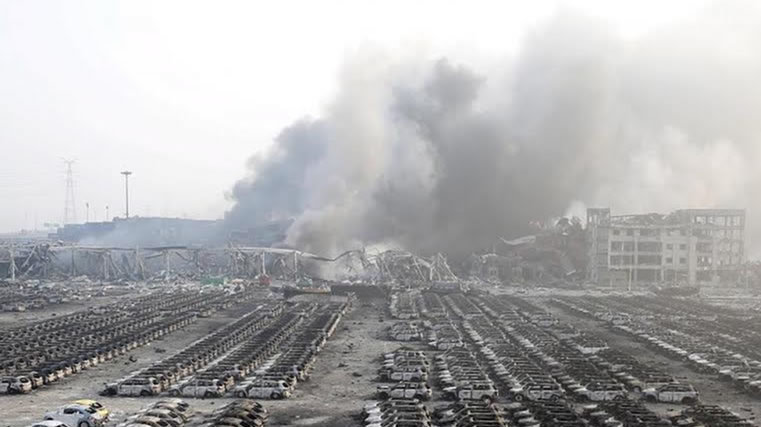New cars torched

Thousands of motor vehicles made by at least four marques have been destroyed by a devastating factory explosion in the Chinese city of Tianjin. Nearly 2,750 of them were Volkswagens, according to Chinese media, with one of its warehouses located close to the site of the explosions. Volkswagen says it has yet to officially establish how many of its vehicles were destroyed in the fire, which erupted in the evening of August 13 and was under “initial control” by the afternoon of the 14th. While the port is out of service and damaged stock is assessed, the German company will make deliveries via ports in Shanghai and Guangzhou. “We have already begun evaluating the state of our vehicles in all storage facilities at the Port of Tianjin,” Volkswagen says in a statement. “Under no circumstances will any cars damaged in this terrible accident make it to market.” Additionally, 4,000 Hyundai-Kia vehicles and 1,500 Renaults also were destroyed in the wake of the blast, reports NBC News. The damaged Renault cars have an estimated retail value of at least 210 million yuan – or about NZ$50m – based on the price of the cheapest model sold by the French marque in China. The vehicles were in a warehouse, which caught fire and suffered severe damage. Toyota lost a number of vehicles in the explosion, but the extent of the damage is not yet clear. Two employees at a nearby Toyota dealership were also injured by broken glass, but the marque says there were no employee fatalities at its Chinese facilities. There have been no reports of damage from General Motors or Ford. The explosion at a factory in Tianjin, which created a massive mushroom cloud that could be seen from space, devastated huge areas of the port, which is the 10th largest in the world. At least 700 people were injured in the blast, 71 of them seriously, and at least 85 people were killed. Tianjin is one of China’s biggest automobile shipping ports and a gateway to the country’s northern parts. Car companies shipping stock to the country would unload vehicles and store them at the port before sending them off to various parts of China. The city of more than 15 million people is about 75 miles from Beijing.





